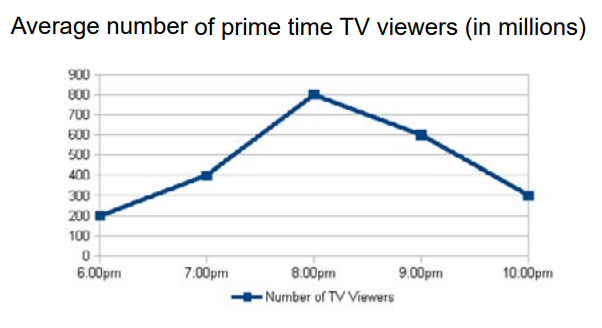LESSON GOAL
Let’s check our lesson goal.
In this material, you will learn how to set a position through negotiations and important vocabulary words.
In this material, you will learn how to set a position through negotiations and important vocabulary words.
このレッスンのゴールを確認しましょう。
この教材では、交渉を通じたポジションの設定と関連する言葉を学びます。
この教材では、交渉を通じたポジションの設定と関連する言葉を学びます。
PART A_1
Study the following words and expressions together with their definitions with your tutor.
Then, construct your own sentences using each word/expression on the list.
Then, construct your own sentences using each word/expression on the list.
PART A_2
bring forward
to present for consideration
Sample Sentence:
call back
to call someone for the second time
Sample Sentence:
compromise
the act or practice of each side giving up something in order to reach an agreement
Sample Sentence:
advocate
a person who expresses support for a particular idea or way of doing things
Sample Sentence:
bad faith
intention to deceive someone
Sample Sentence:
PART B_1
Listen to your tutor as he/she reads the text.
Study and interpret the given data. Then, discuss with your tutor.
Study and interpret the given data. Then, discuss with your tutor.
PART B_2
You are an advertiser of a TV network. Your client plans to advertise alcoholic beverages in your network. He would like to know how many people are tuned to your network during prime time.
Make sure to follow the format below in your explanation.
• introduce the general idea
• enumerate main points
• make a conclusion
• enumerate main points
• make a conclusion

PART B_3
PART C_1
Read the passage below silently. Then, discuss with your tutor.
In your discussion, talk about how you would deal with the situation.
In your discussion, talk about how you would deal with the situation.
PART C_2
During your presentation of the graph, your client said that he would like to advertise in another TV network because your network’s family-oriented soap operas during the 8:00 p.m. time slot do not suit his product. How would you convince him to advertise your TV network?
PART C_3
PART C_4
PART D_1
Read the text silently. Express your opinion on each statement in 4-5 sentences.
PART D_2
Everything is negotiable.
Answer:
An effective negotiator has the ability to predict future outcomes of the negotiation process.
Answer:
Negotiations can always reach a win-win conclusion or solution.
Answer:
REVIEW AND FEEDBACK
Now, let us review the things that you learned in this lesson.
ではこのレッスンで学んだことを振り返りましょう。
(Please give a short feedback on how your student did in your class.)
| Grammar 文法 |
Pronunciation 発音 | Vocabulary 単語 |
Comprehension 理解 |
|
|---|---|---|---|---|
 GOOD GOOD |
文法の誤りはほとんどなく、完全な文章で話すことができる | ほとんどの単語をはっきりと正しく発音することができる | 習った表現を適切に使うことができる | 文章を理解し、質問に正しく答えることができる |
 FAIR |
文法の誤りはあるが、完全な文章で話すことができる | 発音の練習が必要な言葉がいくつかある | たまにミスはあるが、習った表現を適切に使うことができる | 文章を完全に理解するのは難しく、質問に正しく答えられないときもある |
 POOR |
文章で話すのは難しく、単語だけで話すことができる | 発音の練習が必要である | 習った単語と表現を少しだけ使うことができる | 文章を理解するのは難しく、質問に答えるのは難しい |
レッスン教材に関するアンケートのお願い
レッスン教材の改善・拡充を図ることを目的とし、アンケートを実施しております。
以下のURLからアンケートにお答えいただき、 ご意見・ご要望をお聞かせください。
アンケートはこちら